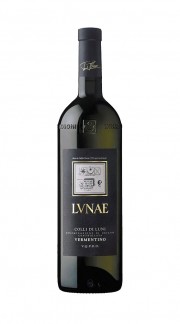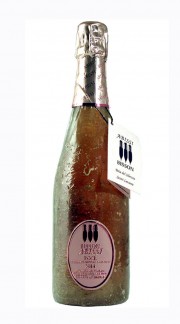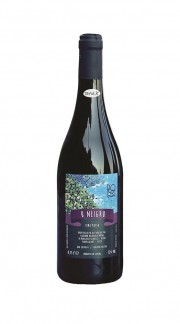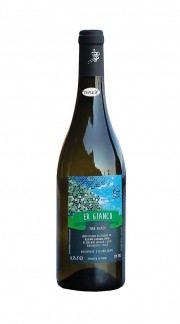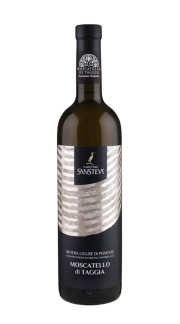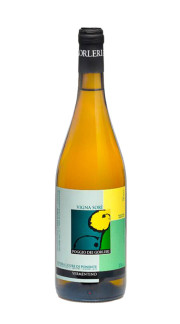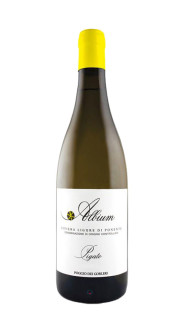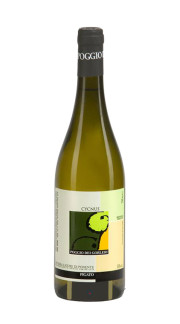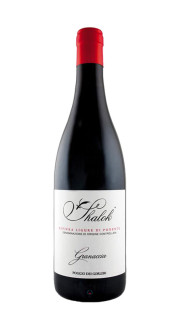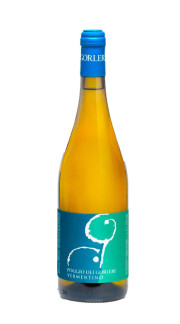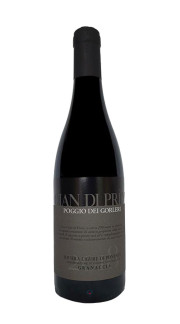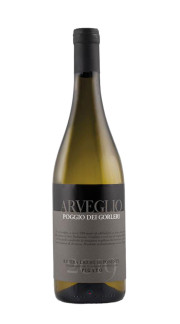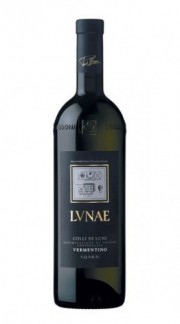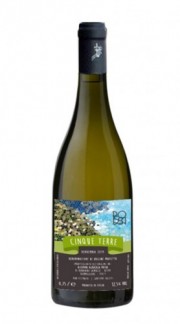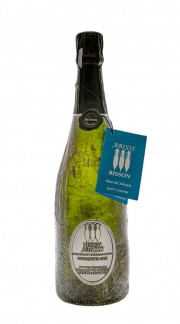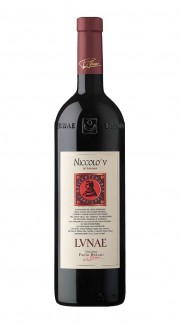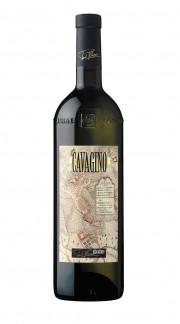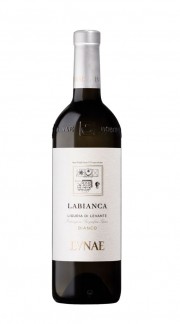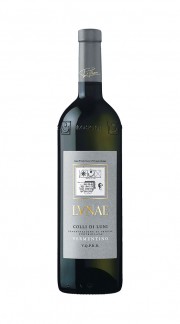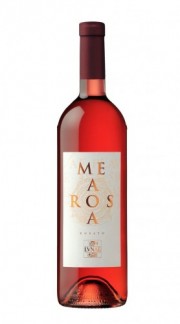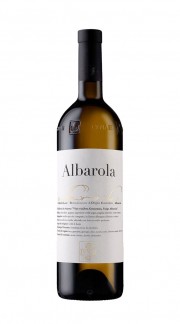- Immediate availability
Food and wine pairing
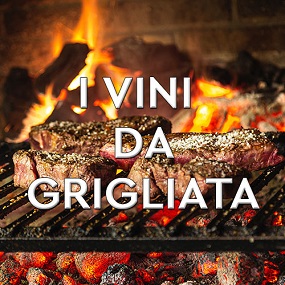



An indispensable first step to take in order to understand which is the best food-wine pairing is to try to decipher the gustatory components, the flavors of the food, to understand what to enhance and what, instead, to "compensate" for the one and the other. The four gustatory guidelines of the palate are: sweet, bitter, salty and acid; to these are added other components such as hotness, spiciness, fatness, greasiness, etc. The same goes for wine: it is necessary to grasp its main sensory characteristics: structure, acidity, softness, tannins and others. The next step is to combine these components in a balanced way, choosing a criterion that enhances or attenuates the predominant aspects, depending on the case, to harmonize everything and make it extremely pleasant at the moment of tasting.
THE BASIC PRINCIPLE OF FOOD & WINE PAIRING
The first concept to keep in mind is the following: balance. A dish with a soft, delicate flavor requires an equally light wine, while a dish with an intense, decisive flavor requires an equally strong, important, structured wine. This is precisely because harmony and not overlapping must be created between food and wine, i.e. the dish must not be so intense (gustatively) as to cover, make the wine disappear and vice versa. And this is revealed by doing a simple taste, before the food and immediately after the wine: if one of the two prevails, in terms of taste, and only "him" remains (in the mouth), the combination is not correct. Here are some examples of blunders: Steamed sole with Barolo docg or donkey stew with Soave doc. In the first case, the perfect wine could be a Trebbiano d'Abruzzo doc; in the second case, a Barbaresco docg.
THE PRINCIPLE BY CONTRAPOSITION
We have seen that some characteristics between food and wine must be similar; other gustatory aspects, on the other hand, follow the principle of contrast, i.e. we are going to combine the sensations of food with those of wine by contrast (and vice versa). This system balances and compensates for the imbalances of the dish in relation to the wine and, in the opposite sense, harmonizes the glass in relation to the dish. Contrasting food and wine essentially means seeking a balance from a physical and sensorial point of view: a very pleasant compensation. The first step is simple: in a dish and in a wine we can find 2 types of gustatory sensations: the "soft" sensations the "hard" sensations So, if we find "hardness" in a dish, we will choose a "soft" wine and vice versa : simple! That's what "contraposition" means.
THE SOFTNESS IN THE FOOD
What are the "soft" sensations in a dish? Fatty It is represented by solid fats, butter par excellence, but also lard, which give that almost solid sensation in the mouth. Chocolate is also very fat, but so are certain meats, certain cheeses, bacon, bacon, the fatty part of ham, etc. The Sweet Tendency It should not be confused with sweetness, i.e. with the added sugars in a preparation (dessert). The sweet trend is closer to bland, neutral in taste. It is typical of starches, carbohydrates, succulent meats, bread, fresh cheeses, milk, potatoes, fruit, fish. Succulence It is the presence of liquid in the mouth. It is defined as intrinsic when there is liquid directly in the preparation, such as in a broth or in oysters, in boiled or braised meats; it is instead induced if it comes from chewing, which in turn generates salivation, for example Florentine steak, wild boar stew, etc. Greasiness It certainly refers to the oil which makes the tongue veiled and insensitive. Many preparations have this characteristic (e.g. seafood salad, bruschetta)
HARDNESS IN FOOD
Sapidity It is typical of salt, also in the maturing of cheeses and cured meats or in the preparation of fish such as herring and cod. The Bitter Tendency It is mainly perceived on the back of the tongue; typical in radicchio, artichokes, liver, truffles, smoked meats, or it is characteristic of dishes cooked on the grill or on the grill. The Acid Tendency It is present in almost all milk derivatives (eg cream), or in preparations with vinegar, lemon, tomato in all its facets. Spicing Addition of spices or aromatic herbs. It is typical of cured meats and some aged cheeses. This sensation is sometimes accompanied by spiciness. The aroma It can be natural (eg some preparations based on fish, cheese, mushrooms), or it is given by the presence of spices or aromatic herbs. In wine, on the other hand, we are looking for the following characteristics: Acidity Also known as freshness, it is a component of wine that generates salivation in the mouth, therefore cleanliness and a sense of pleasantness in the mouth. Sapidity It is perceived on the lips and recalls the saline sensations. Effervescence We are referring to bubbles, therefore to Carbon Dioxide. Effervescence is a strengthening character of acidity and we perceive it in sparkling wines and semi-sparkling (or sparkling) wines. Alcohol It produces, sensorially, a sensation of roundness, warmth and volume. The Tannin It produces a stinging sensation in the mouth, of astringency, of drying, but also of roughness. The Softness Contrary to the Tannin, the sensation in the mouth is round, smooth, pleasantly tending to sweet, without being sweet. Perfumes and Flavors Together they give the olfactory pleasure of the wine.
THE PRINCIPLE BY CONCORDANCE
This is the opposite principle to the previous one. When we talk about concordance it means that not everything must always contrast; flavors and aromas tend not to be placed against each other. We must instead look for positive affinities to build harmony, taste-olfactory balance. Structured dish – structured wine This is the case of foods that have characteristics of: sweetness, aroma/spicy and persistence. Here are some eloquent examples: As regards the sweetness: Panettone with Moscato d'Asti DOCG As regards the persistence, or the "length" of the final taste (in the mouth), the stewed wild boar with the Aglianico del Vulture DOC For as regards the spiciness or aromaticity, an example can be represented by Chicken curry with Gewurztraminer DOC Bon Appetit everyone!
- € 18,10
- Immediate availability
€ 38,90- Immediate availability
€ 20,90- Available
€ 21,80- Available
€ 21,80- Available
€ 30,30- Available
€ 18,20- Available
€ 35,50- Available
€ 18,20- Available
€ 24,60- Available
€ 21,80- This product is no longer in stock
€ 23,80- This product is no longer in stock
€ 63,90- This product is no longer in stock
€ 18,80- This product is no longer in stock
€ 9,90

